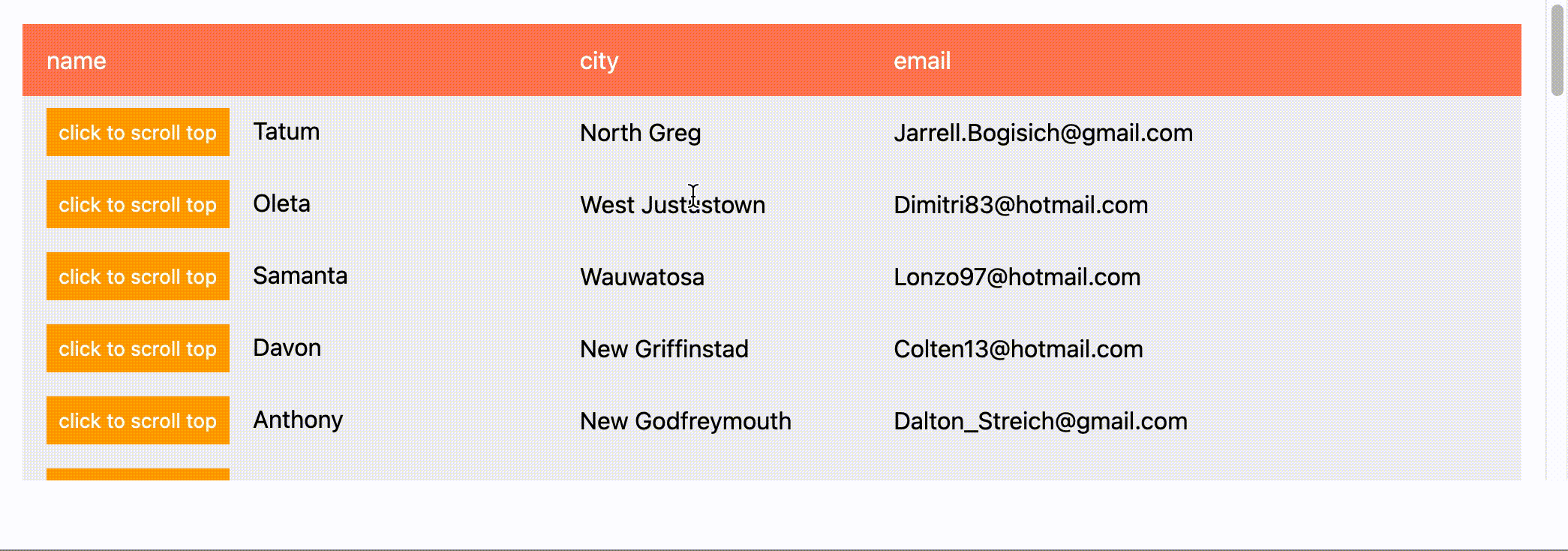2022 第2週 學習記錄:React Forwarding Refs
總結
functional component 無法直接搭配 useRef() 來操作其 DOM,本篇紀錄如何使用 React.forwardRef 來處理 functional component 的 ref
情境
- 製作了一個 table container 元件,全專案的表單元件可作為 children 傳入此 table container 元件
- 需要達成的效果是「當使用者點擊 pagination 元件時,應將 table container 捲回頂部」
- 但 table container 為自定義的 functional component,無法直接對其使用
useRef(),需透過forwarding ref來實作相關需求
筆記
Forwarding Ref
-
在需要傳遞
ref的情境下,使用React.forwardRef()來建立 functional component(參考以下 gist 中的Layer.TableContainer.tsx) -
傳入
React.forwardRef()的 arrow function 形式如右:(props, ref) => {/* return a component */};第一個參數為props,ref放在 arrow function 的第二個參數傳入- 或參考 stackOverFlow 上的寫法:
const Component = (props, ref) => ( <div ref={ref}>/* anything you want to render here */</div> ); export default React.forwardRef(Component); -
在 parent component 中呼叫
React.createRef()來建立一個 React ref 物件(參考 gist 中的Page.App.tsx第 19 行,保存在變數tableContainerRef中) -
將變數
tableContainerRef傳遞給<TableContainer />,開發者即可透過tableContainerRef來操作<TableContainer />的 DOM -
在 gist 示範中,使用者只要點擊了表格元件中的按鈕,就會觸發 function
scrollToTop,而此功能會將<TableContainer />捲回頂部 -
以上邏輯調整成「使用者點擊 pagination 元件後,執行 function
scrollToTop」即可做出點擊 pagination 換頁後將表單捲回頂部的效果
faker
- 本次使用
faker@5.5.3來產生表格元件用的假資料(30 組):const ROWS: Row[] = Array.from({ length: 30 }, () => ({ name: faker.name.firstName(), city: faker.address.city(), email: faker.internet.email(), })); - 文件可參考:https://www.npmjs.com/package/faker/v/5.5.3
- 搭配 TypeScript 使用時,追加安裝
npm install --save @types/faker;參考 @types/faker
原始碼
完整內容:https://github.com/tzynwang/react-forwarding-ref 展示頁:https://tzynwang.github.io/react-forwarding-ref/
